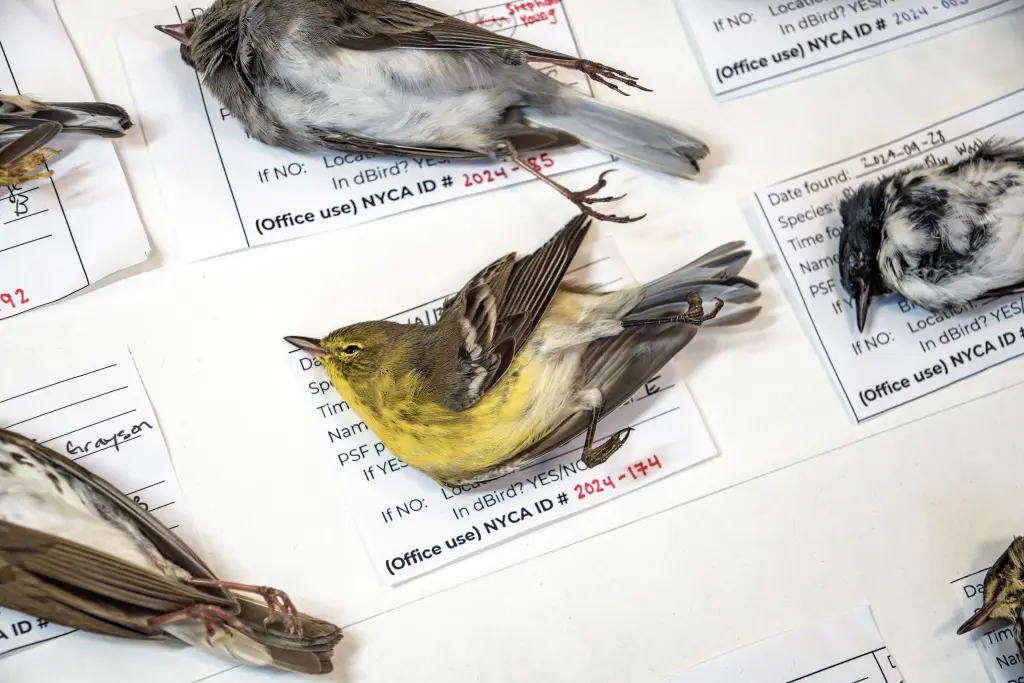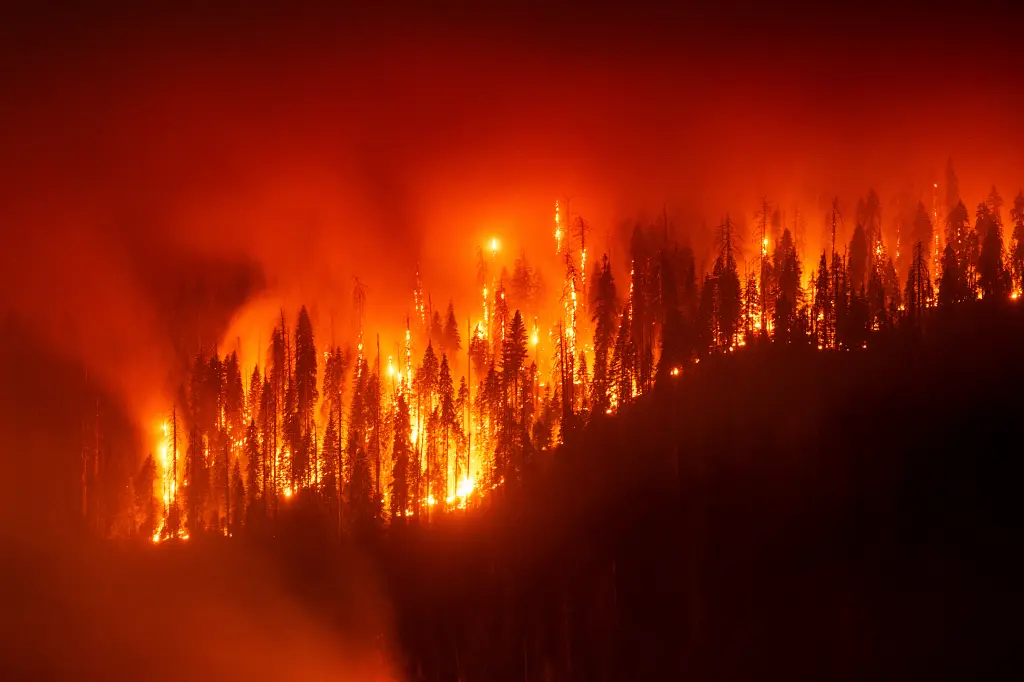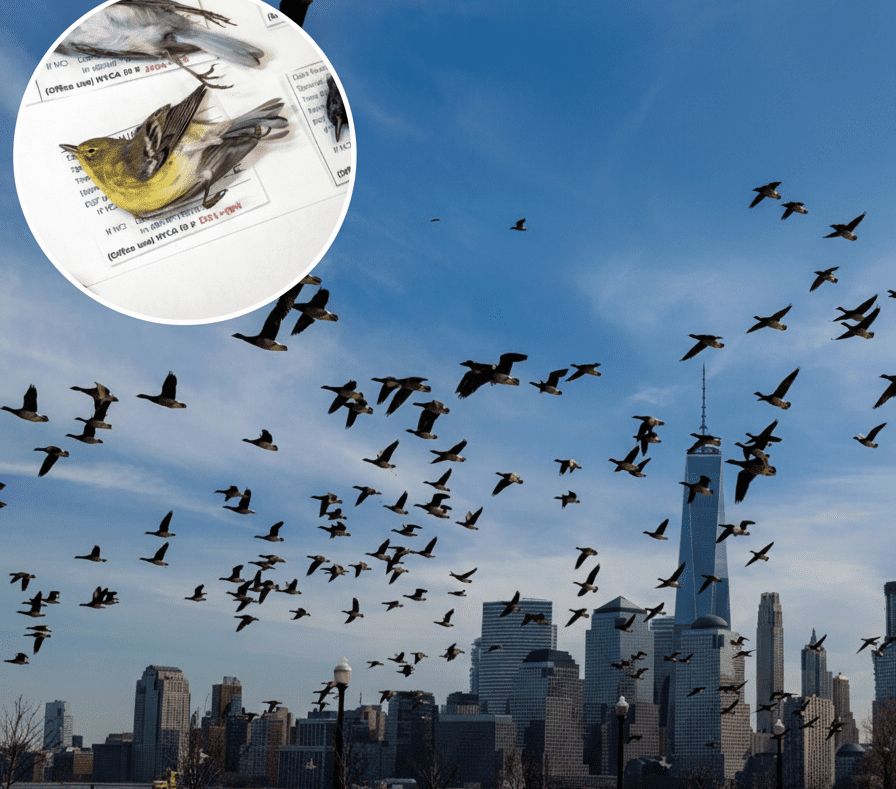Birds Around the World Are Changing Their Migration Patterns, and Scientists Say It Could Signal a Dangerous Shift for Both Nature and Humanity
In the skies above cities and coastlines, something unusual is happening — and it has scientists deeply concerned. Flocks of birds that once moved in predictable patterns are suddenly changing course, flying at odd times of the year, and in some regions, not migrating at all. What might look like a minor ecological shift could, according to researchers, be one of the most visible warnings yet that climate change is quietly rewriting the rules of the natural world — and with it, humanity’s place in it.
For centuries, birds have served as silent environmental messengers. They react to even the slightest changes in temperature, food availability, and wind patterns. When migration goes wrong for them, it’s often a signal that something in the larger ecosystem is out of balance. Scientists across North America and Europe are now documenting significant disruptions in migratory behavior — shifts that can’t be dismissed as random variation. Some species are leaving their breeding grounds too early or too late, others are traveling shorter distances, and still others seem to be abandoning migration altogether.

Experts point to rising global temperatures and increasingly erratic weather patterns as major culprits. In some regions, warmer winters mean birds no longer need to travel thousands of miles south to survive. In others, heatwaves, droughts, and storms are decimating the insects and plants they rely on for food. The result is confusion — both among the birds and the ecosystems that depend on them. When species arrive too soon, flowers may not have bloomed and insects may not have hatched, throwing entire food webs out of sync. When they arrive too late, their nesting success drops dramatically.
Dr. Andrew Farnsworth, a leading ornithologist at Cornell University’s Lab of Ornithology, describes it as “a cascading disruption.” In a recent interview, he explained, “Birds are incredibly sensitive to climate cues. When those cues shift rapidly, they respond — but not always in ways that help them survive.” He and his colleagues have tracked these changes using radar systems that monitor bird migrations at night, revealing unusual flight paths and unexpected timing, particularly in North America’s central and eastern flyways.

The implications extend beyond bird populations. Scientists warn that these shifts are indicators of broader environmental instability — the kind that eventually reaches humans, too. Birds play critical roles in ecosystems, from controlling pests and pollinating plants to dispersing seeds across vast distances. When their patterns change, entire landscapes can begin to suffer. Fewer migratory birds mean altered forests, unstable crop systems, and weakened natural balances that protect against disease and invasive species.
In addition to migration, researchers are noticing other odd behaviors. Some seabirds are abandoning traditional nesting grounds because of rising sea levels. Others are venturing into urban areas more frequently, searching for food in places they once avoided. Ornithologists in Europe have documented songbirds extending their territories northward by hundreds of miles, while others are simply disappearing from regions where they were once abundant. The data tell a story of adaptation — but also desperation.

The problem, according to scientists, is that nature’s adjustments are happening too quickly. Evolutionary change takes generations, yet the planet’s climate is shifting within decades. “We’re forcing wildlife into a pace of change it was never designed to handle,” Dr. Farnsworth explained. “When birds start behaving strangely, it’s not just their problem — it’s ours, too.”
Some researchers see this as part of a larger ecological warning system that humanity has been slow to heed. Bird populations have already dropped by nearly three billion in North America alone since 1970, according to studies published by the journal Science. While conservation efforts have helped stabilize some species, many more are still in decline. Changes in migration patterns could accelerate those losses.
There are also concerns about how these behavioral shifts might interact with disease. Birds often serve as carriers for viruses that can cross into human populations under the right conditions. When migration routes change, so does the way these pathogens move. Scientists are careful not to sound alarmist, but they emphasize the need for global monitoring and data-sharing to understand how climate change may be altering patterns of disease transmission through wildlife.
Still, amid the warning signs, there are glimmers of hope. Conservation programs focused on habitat restoration, wetland protection, and the reduction of light pollution have already shown measurable benefits. By preserving key stopover points and creating safer migratory corridors, researchers believe it’s possible to give birds a fighting chance. Urban initiatives like “Lights Out” programs — which ask building owners to dim lights during migration season — have saved countless birds from fatal collisions.
The strangeness in the skies is not just an ecological curiosity; it’s a mirror reflecting the health of the planet. Birds, after all, are often the first to sense change. Their altered migrations tell a story about disrupted seasons, warming oceans, and shifting winds — a story that is unfolding over our heads every day. Whether humanity listens to that warning may determine not only the fate of the birds but our own.



